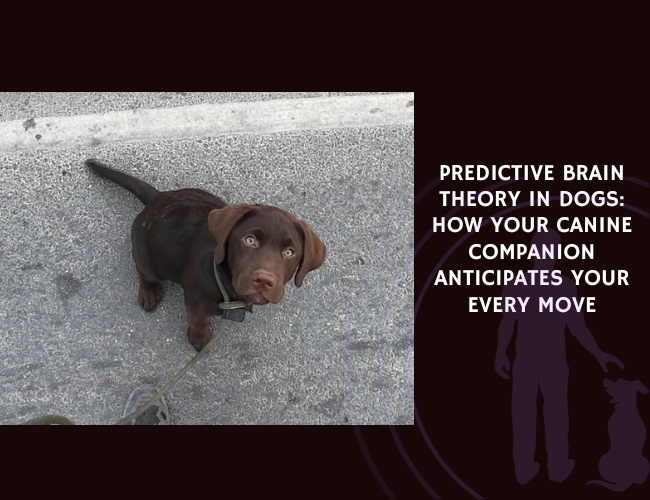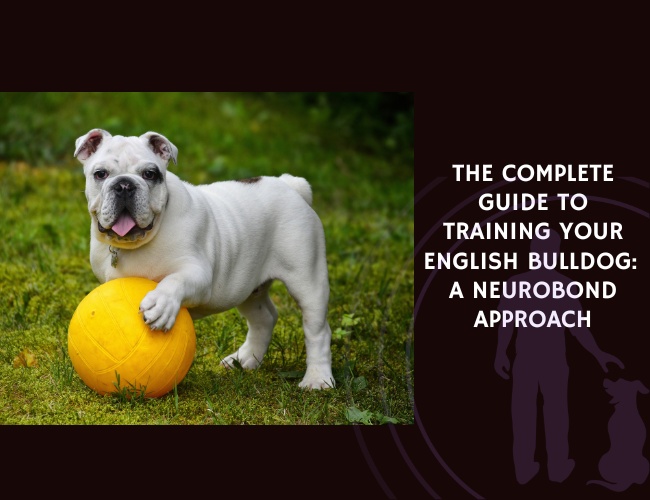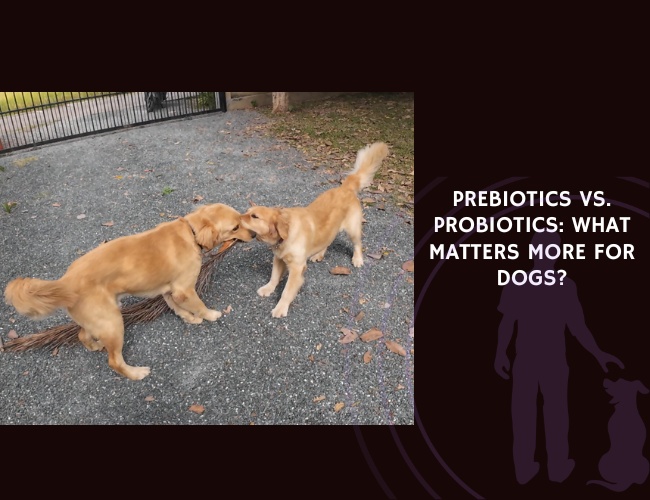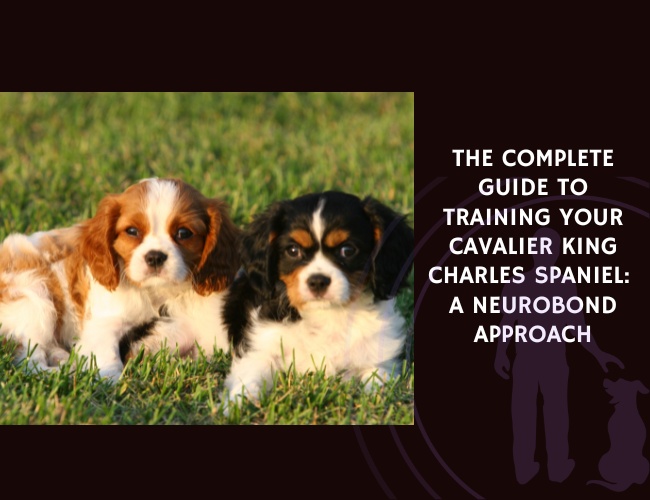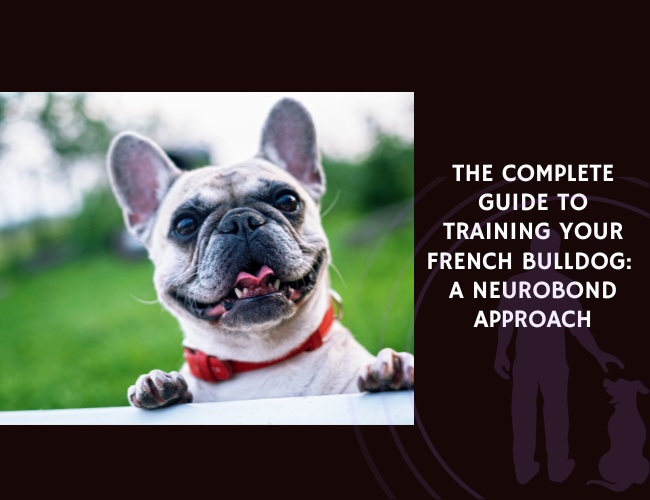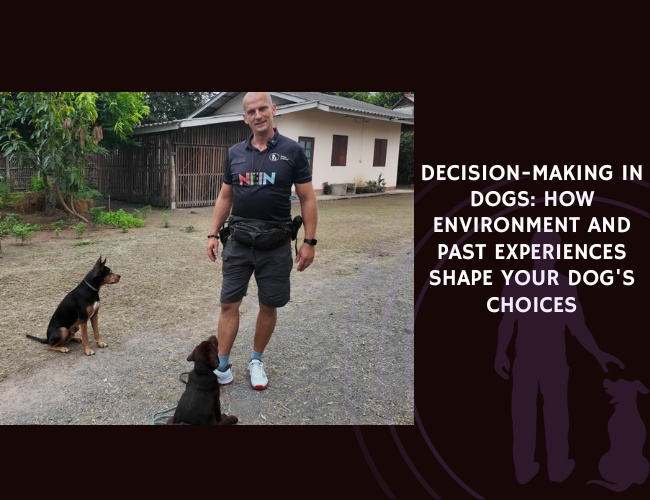Have you ever noticed how your furry friend seems to know it’s dinner time before you even glance at their bowl? Or how they wait by the door moments before you reach for their leash? This isn’t just coincidence – it’s your dog’s remarkable predictive brain at work. Let us guide you through the fascinating world of canine cognition, where every tail wag and expectant gaze reveals a sophisticated mental machinery designed to anticipate life’s rhythms.
Understanding the Predictive Brain: Your Dog’s Mental Crystal Ball
Imagine your dog’s brain as a constant forecaster, not merely reacting to the world but actively predicting what comes next. This predictive brain theory, emerging from cutting-edge neuroscience, suggests that our canine companions are far more than simple stimulus-response creatures – they’re sophisticated prediction machines, constantly generating expectations about their world.
The Science Behind Canine Prediction
At its core, predictive processing means your dog’s brain continuously creates internal models of reality. These models help them navigate their environment by:
- Generating expectations about upcoming events based on past experiences
- Comparing predictions with actual sensory input in real-time
- Updating mental models when surprises occur
This neurological ballet happens thousands of times each day, from anticipating the jingle of your keys to predicting the trajectory of a thrown ball. Your dog’s brain minimizes “prediction errors” – those moments when reality doesn’t match expectations – by constantly refining its understanding of patterns and sequences.
Why This Matters for Your Relationship
Understanding your dog’s predictive nature transforms how we interpret their behavior. That anxious pacing before dinnertime? It’s not impatience – it’s their brain’s prediction system firing up based on temporal cues. The excited spinning when you reach for walking shoes? Their internal model has already mapped out the adventure ahead. 🐾
The Daily Dance of Anticipation: How Dogs Master Routine Recognition
Your dog’s ability to anticipate daily events showcases predictive processing in action. This isn’t mere habit – it’s a sophisticated cognitive process that reveals just how deeply our canine companions understand their world.
Morning Rituals and Wake-Up Predictions
Watch your dog in the early hours, and you’ll witness predictive cognition unfolding. Many owners report their dogs stirring moments before alarm clocks sound, suggesting an internal timing mechanism that predicts human wake patterns. This anticipatory behavior involves:
- Circadian rhythm synchronization with household schedules
- Multi-sensory prediction combining light changes, sounds, and even scent variations
- Behavioral pre-positioning like moving closer to your bedroom door
Your dog’s brain has mapped the statistical regularities of your morning routine, creating a robust predictive model that guides their behavior before you’ve even opened your eyes.
The Feeding Time Phenomenon
Perhaps nowhere is canine prediction more evident than around mealtimes. Dogs demonstrate remarkable temporal awareness, often appearing at their food bowls within minutes of regular feeding times. This involves sophisticated neural processes:
Temporal mapping occurs as your dog’s hippocampus encodes time-based sequences, creating what researchers call “time cells” that fire at specific intervals. These biological timekeepers work alongside environmental cues to generate feeding predictions.
Contextual integration means your dog doesn’t just track time – they integrate multiple predictive signals. The sound of you closing your laptop, the dimming evening light, even the specific way you move when preparing their meal all feed into their predictive model.
Anticipatory physiology shows that prediction goes beyond behavior. Studies suggest dogs begin producing digestive enzymes before food appears, demonstrating that their entire body prepares based on predicted outcomes. This elegant coordination between brain and body showcases evolution’s optimization of predictive systems.
Walk Preparation and Environmental Forecasting
The pre-walk ritual offers a masterclass in sequential prediction. Your dog’s excitement builds through a cascade of predicted events, each confirmation strengthening their internal model. Consider this typical sequence:
You glance toward the leash hook → your dog’s ears perk up (initial prediction) You stand from the couch → tail wagging intensifies (prediction confidence increases) You reach for the leash → full-body wiggling begins (prediction confirmed)
This escalating response pattern reveals how prediction certainty modulates behavior. Your dog isn’t just reacting – they’re running an internal simulation of the walk before the door even opens.
When Predictions Fail: Understanding Your Dog’s Response to Disrupted Expectations
Life doesn’t always follow scripts, and watching how dogs handle prediction errors provides profound insights into their cognitive flexibility and emotional regulation.
The Neuroscience of Canine Surprise
When reality violates your dog’s predictions, their brain generates what neuroscientists call “prediction error signals.” These neural alarms trigger immediate attention and learning processes. In dogs, prediction errors manifest through:
- Heightened alertness – pupils dilate, ears rotate forward
- Information seeking – increased sniffing, visual scanning
- Behavioral adjustment – trying alternative actions to restore predictability
You might notice these responses when you fake throwing a ball or when their usual walking route is blocked. These moments reveal your dog’s brain actively updating its models in real-time.
Stress Responses to Chronic Unpredictability
While occasional prediction errors promote learning, chronic unpredictability can overwhelm your dog’s coping systems. Dogs living in chaotic environments show signs of what researchers term “predictive dysregulation”:
Hypervigilance emerges as the brain, unable to form reliable predictions, maintains constant high alert. This exhausting state manifests as dogs who startle easily, struggle to relax, or show excessive monitoring behaviors.
Learned helplessness can develop when prediction errors become so frequent that the brain essentially “gives up” trying to predict outcomes. These dogs may become withdrawn, showing reduced engagement with their environment – a heartbreaking consequence of predictive system overload.
Compensatory behaviors arise as dogs attempt to create predictability in unpredictable environments. This might include excessive routine-seeking, repetitive behaviors, or intense attachment to specific objects or locations that represent stability.
Building Resilience Through Predictable Unpredictability
Interestingly, controlled exposure to prediction errors – what we might call “predictable unpredictability” – actually strengthens cognitive flexibility. Training games that introduce manageable surprises help dogs develop robust prediction systems that can handle life’s inevitable curveballs. 🧡
The Neural Orchestra: Brain Regions Conducting Canine Predictions
Understanding which brain regions orchestrate predictions helps us appreciate the neurological sophistication of our four-legged companions. While dogs can’t tell us their thoughts, comparative neuroscience reveals remarkable similarities across mammalian predictive systems.
The Prefrontal Cortex: Your Dog’s Executive Predictor
The canine prefrontal cortex, though proportionally smaller than in humans, plays a crucial role in abstract prediction and behavioral planning. This region helps your dog:
- Form complex predictions linking multiple events across time
- Inhibit immediate responses when predictions suggest waiting yields better outcomes
- Update prediction models based on changing contexts
When your dog resists chasing a squirrel because they predict you’ll provide a treat for good behavior, their prefrontal cortex is overriding immediate impulses based on learned predictions about consequences.
The Hippocampus: Memory’s Prediction Engine
Your dog’s hippocampus serves as a biological time machine, using past experiences to generate future predictions. This seahorse-shaped structure excels at:
Sequence learning – encoding the order of events that typically unfold Spatial prediction – anticipating routes and locations based on environmental cues Context discrimination – recognizing subtle differences that change predicted outcomes
Research suggests dogs with hippocampal damage struggle with tasks requiring temporal prediction, highlighting this region’s critical role in anticipatory cognition.
The Amygdala: Emotional Coloring of Predictions
While often associated with fear, your dog’s amygdala actually evaluates the emotional significance of predictions. This almond-shaped structure:
Assigns emotional weight to predicted outcomes, influencing approach or avoidance Modulates stress responses when predictions suggest threat or uncertainty Facilitates emotional learning by strengthening predictions linked to significant outcomes
The amygdala explains why some dogs develop intense positive predictions (joy at car rides) or negative ones (fear of vet visits) based on past emotional experiences.
The Integrated Predictive Network
These regions don’t work in isolation – they form an integrated network where predictions flow both bottom-up from sensory areas and top-down from higher cognitive regions. This bidirectional flow creates the rich, nuanced predictions that guide your dog through daily life.
Predict. Align. Adapt.
Your dog doesn’t wait — they anticipate.
Long before you move, speak, or decide, your dog is already forecasting what comes next. Their brain runs on pattern, rhythm, and memory, aligning instinctively to the pulse of your life.
Prediction builds connection, not control.
From morning routines to emotional states, your dog reads you like a living storybook — not just reacting, but synchronizing. It’s not obedience. It’s deep, predictive attunement to your world.
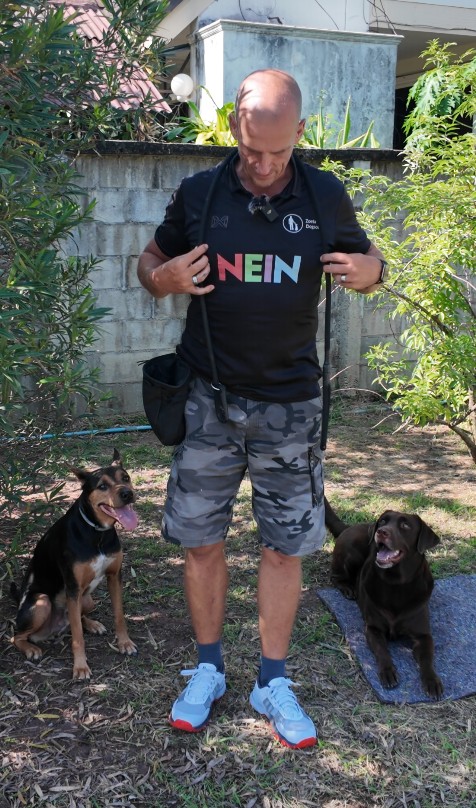

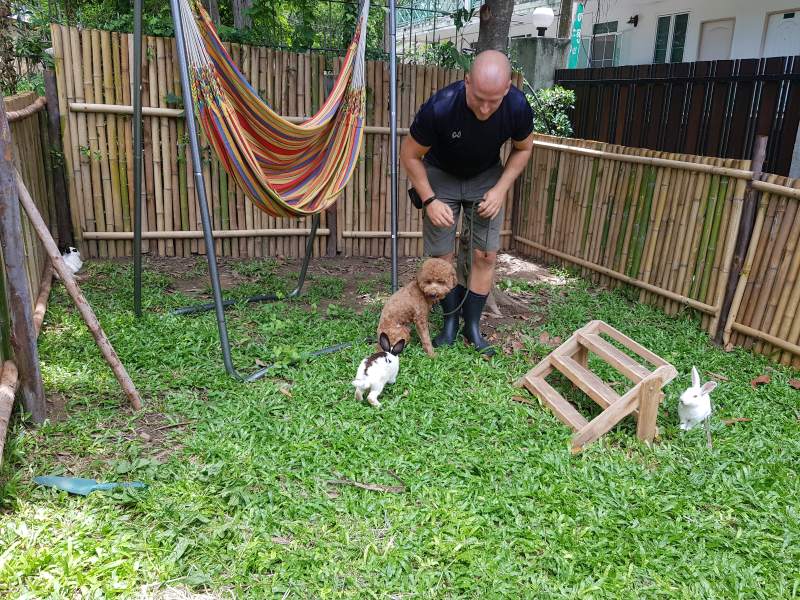
Every moment is a test of trust in time.
When routines shift or signals misalign, your dog’s brain recalibrates. Sometimes with stress, sometimes with curiosity. Your role? To be the stable rhythm their inner metronome can dance with.
Training Through the Predictive Lens: Revolutionizing How We Teach
Understanding predictive processing transforms dog training from simple conditioning to sophisticated cognitive collaboration. Let’s explore how prediction-aware training enhances learning and strengthens your bond.
Establishing Predictive Frameworks
Successful training creates clear predictive relationships between cues, behaviors, and outcomes. Your dog’s brain constantly asks: “If I do X when I perceive Y, what happens?” Effective training answers this question consistently:
Cue clarity matters because ambiguous signals generate uncertain predictions. A crisp, distinct command allows your dog’s brain to generate confident behavioral predictions. This is why professional trainers emphasize consistent verbal tones and hand signals.
Timing precision affects prediction accuracy. The closer the reward follows the behavior, the stronger the predictive association. Your dog’s brain uses temporal contiguity to build cause-effect models, making immediate reinforcement crucial for clear prediction formation.
Context consistency initially helps establish predictions before gradually expanding to new situations. Starting training in low-distraction environments allows clean prediction formation before challenging those predictions with environmental complexity.
The Power of Predictive Chains
Advanced training leverages predictive chains – sequences where each behavior predicts the next cue. Consider agility training:
Jump completion → predicts tunnel cue Tunnel exit → predicts weave pole approach Weave completion → predicts final reward
This chaining creates flow states where dogs seem to “read their handler’s mind,” but they’re actually following well-established predictive sequences. Each successful prediction reinforces the entire chain, creating remarkably complex behavioral patterns.
Errorless Learning and Prediction Confidence
Modern training emphasizes “errorless learning” – structuring exercises to maximize successful predictions. This approach:
- Builds confidence through consistent prediction confirmation
- Reduces stress by minimizing prediction errors during learning
- Accelerates acquisition by creating strong, clear predictive models
However, introducing controlled prediction errors once basics are mastered promotes flexibility and problem-solving abilities. The key lies in balancing predictable success with manageable challenges.
Social Predictions: Reading the Room with Four Legs
Dogs excel at social prediction, constantly forecasting human behavior and emotional states. This social predictive capacity underlies the remarkable human-canine bond.
Decoding Human Patterns
Your dog maintains sophisticated predictive models of each family member. They learn to predict:
Emotional trajectories – recognizing early signs of mood changes Behavioral sequences – anticipating actions based on subtle preparatory movements Social dynamics – predicting interactions between household members
This social prediction extends to strangers, where dogs use generalized models to anticipate human behavior based on body language, vocal tones, and movement patterns.
The Prediction of Human Attention
Dogs show remarkable skill at predicting when humans will attend to them. Research reveals dogs can:
- Track gaze direction to predict where human attention will focus
- Time attention-seeking behaviors when humans are most likely to respond
- Discriminate attention states between focused work and available moments
These predictions guide strategic behavior – your dog choosing precisely when to bring their toy or rest their head on your lap isn’t random but based on sophisticated attention prediction.
Interspecies Communication Through Prediction
The dance of communication between dogs and humans relies heavily on mutual prediction. Dogs learn to predict which behaviors effectively communicate their needs, while simultaneously predicting human responses to these signals. This creates a feedback loop where both species refine their predictive models of each other, deepening understanding over time. 🐾
Supporting Your Dog’s Predictive Brain: Practical Applications
Understanding predictive processing empowers us to create environments that support our dogs’ cognitive and emotional well-being. Here’s how to apply these insights in daily life.
Creating Beneficial Predictability
Structure and routine provide the scaffolding for healthy predictive processing. Consider implementing:
Consistent daily rhythms that allow accurate temporal predictions Clear pre-activity cues that signal upcoming events Predictable “unpredictability windows” – designated times for variety and enrichment
This balance prevents both the stress of chaos and the stagnation of rigid routine.
Environmental Enrichment Through Prediction
Enrichment activities that engage predictive processing promote cognitive health:
- Puzzle feeders that require predicting consequences of different manipulations
- Hide-and-seek games engaging spatial prediction abilities
- Novel object exploration in controlled settings, allowing safe prediction error experiences
These activities exercise your dog’s predictive machinery while providing manageable challenges that promote flexibility.
Recognizing and Responding to Predictive Stress
Watch for signs that your dog’s predictive system is overwhelmed:
Excessive routine adherence might indicate difficulty handling prediction errors Hypervigilance suggests the brain cannot form reliable environmental predictions Withdrawal may signal predictive system exhaustion
Responding involves gradually rebuilding predictable patterns while slowly introducing controlled variety. Professional behaviorists can help design protocols that restore healthy predictive processing.
The Senior Dog’s Predictive Brain: Adaptation Across Life Stages
As dogs age, their predictive systems undergo changes that affect behavior and well-being. Understanding these shifts helps us support our senior companions.
Age-Related Prediction Changes
Older dogs often show:
- Increased reliance on routine as cognitive flexibility decreases
- Slower prediction updating when faced with environmental changes
- Enhanced appreciation for predictable comfort patterns
These changes don’t represent decline so much as adaptation – the aging brain prioritizing efficient prediction within familiar contexts over flexible exploration.
Supporting Senior Predictive Processing
Help your aging dog by:
Maintaining core routines while gently introducing minor variations Providing clear environmental cues that support failing sensory systems Creating predictable comfort zones where your dog can relax without vigilance
This supportive approach honors your senior dog’s need for predictability while preventing complete rigidity.
Conclusion: Embracing Your Dog’s Predictive Nature
Understanding your dog as a sophisticated prediction machine transforms our appreciation of their daily behaviors. That anticipatory tail wag, the perfectly timed appearance at dinner, the anxious response to routine disruption – all reveal a remarkable brain constantly modeling and predicting the world.
This predictive capacity underlies the magic of the human-canine bond. Our dogs don’t just live alongside us; they build complex mental models of our lives, anticipating our needs sometimes better than we do ourselves. They invest cognitive resources in understanding our patterns, predicting our behaviors, and aligning their lives with ours.
As you move forward with this knowledge, you might notice countless moments where your dog’s predictive brain shines through. Embrace these insights to build training approaches that work with, not against, their predictive nature. Create environments that balance comforting predictability with enriching variety. Most importantly, appreciate the cognitive sophistication of your furry friend who works so hard to anticipate and align with your world.
Is your dog’s predictive nature something you’ve noticed in your daily life? Understanding these processes not only deepens our scientific knowledge but enhances the lived experience of sharing our homes and hearts with these remarkable predictive partners. After all, in the dance of prediction and response that defines your relationship, you’re not just an owner – you’re a partner in an intricate cognitive collaboration that spans species and enriches both lives. 🧡

